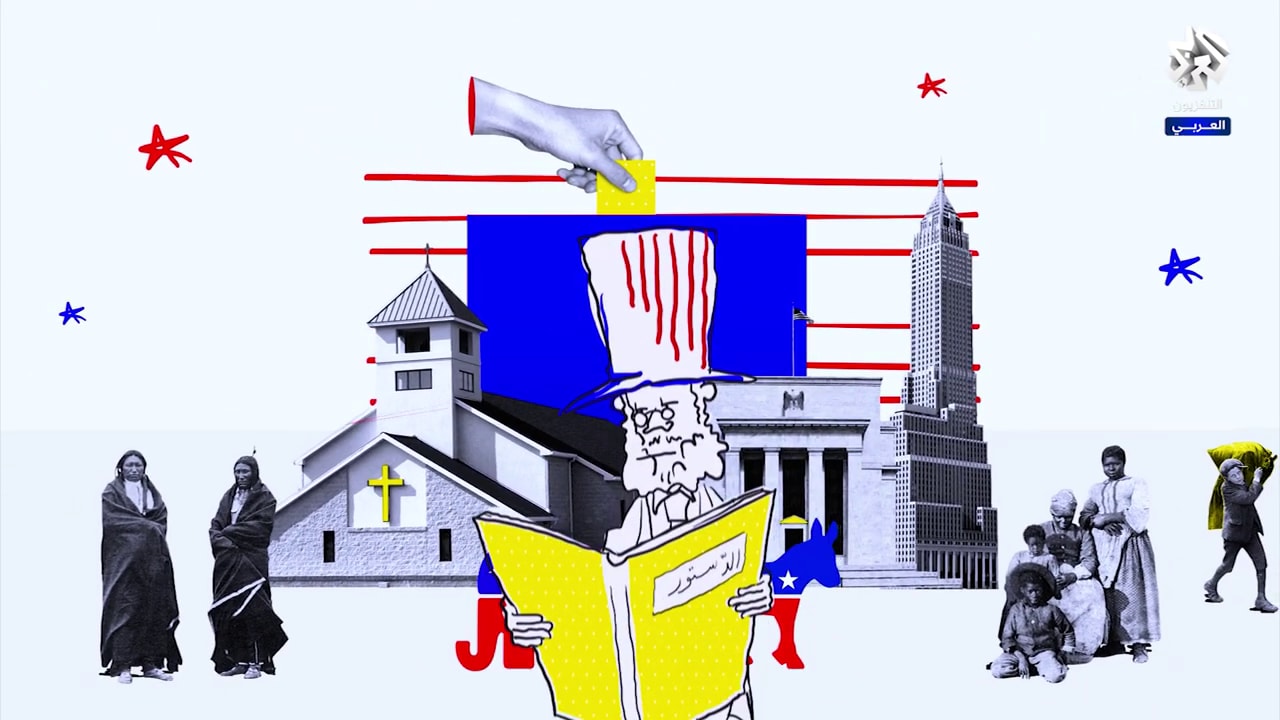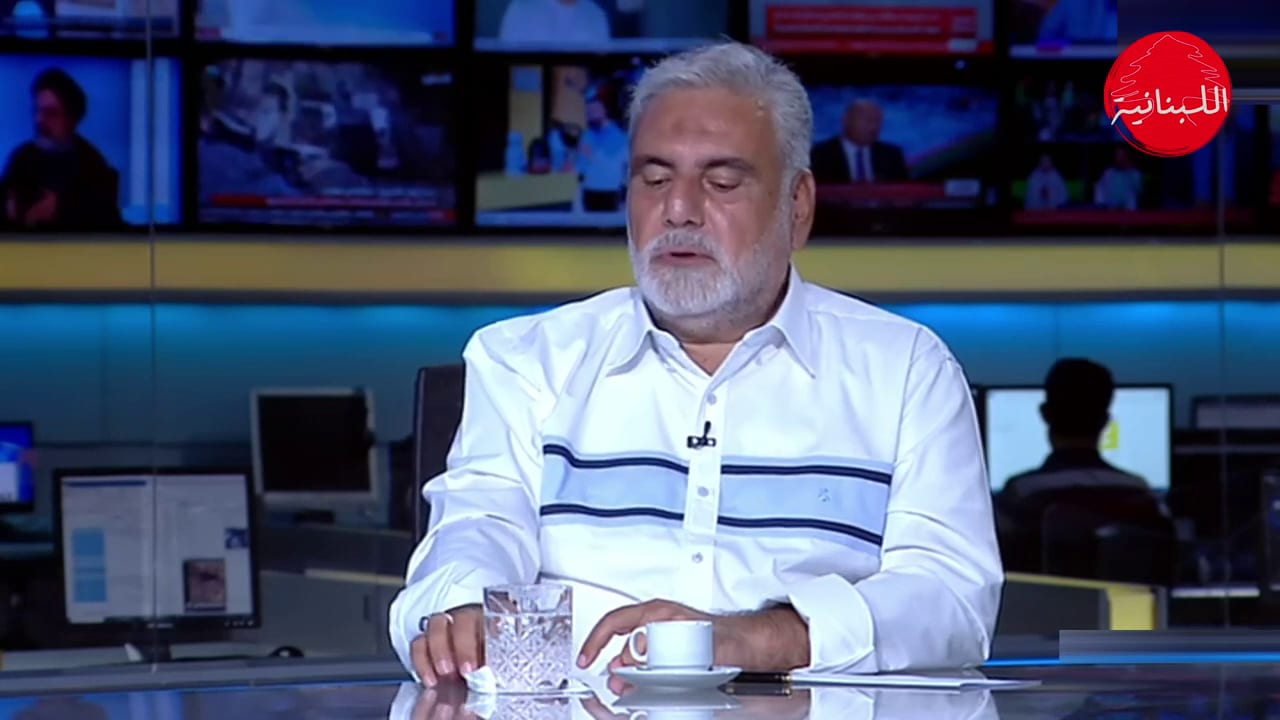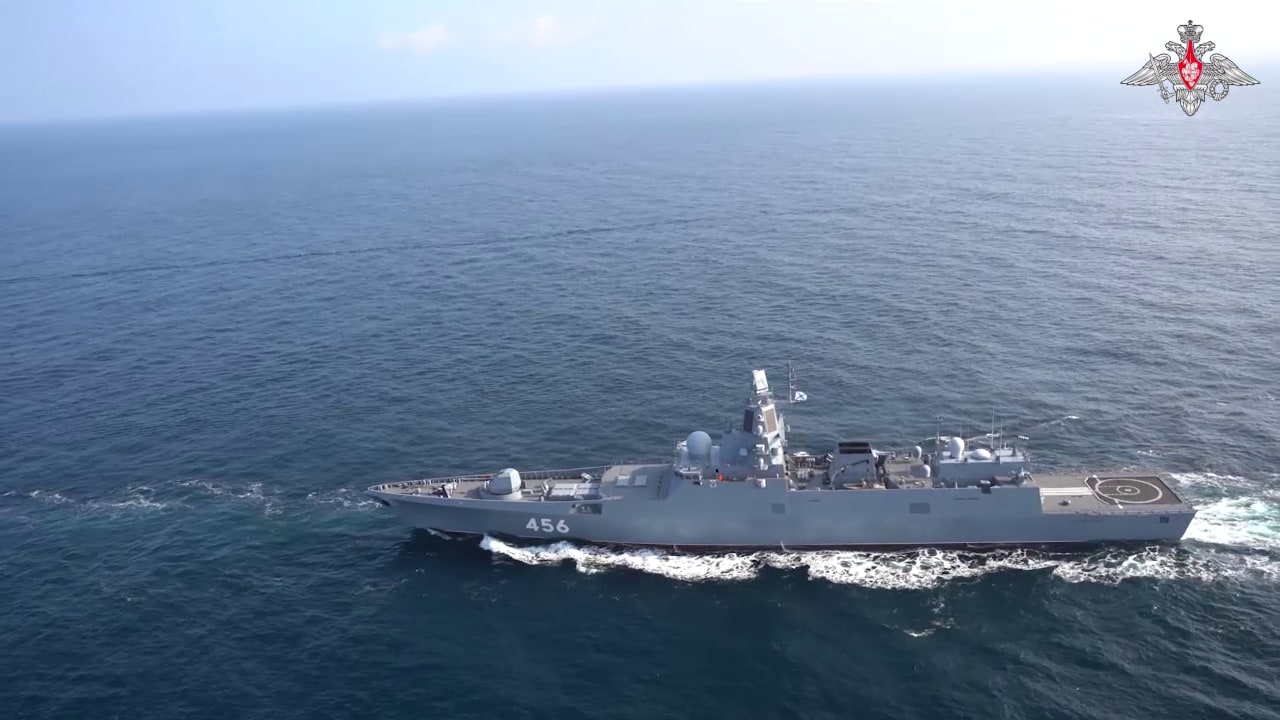
Palestinian freelance journalist Shatha Hammad described at length the "armed resistance" activity of various brigades in the West Bank on the SamaQuds podcast. In an episode uploaded to YouTube on September 2, 2023, she talked about the military activity in the Jenin and Nablus area. Hammad described a military tunnel in Jenin which was dug under the Al-Ansar Mosque, and she explained how the local armed brigade established its military headquarters inside the mosque. She continued to detail how the armed brigades use teenagers as young as 15 for monitoring and surveillance missions in Jenin and Nablus. Hammad revealed that Wadee Al-Houh, the leader of the Lion's Den in Nablus, who was killed by Israel in 2022, had provided teenagers in Nablus with bicycles for such missions.
In an episode posted on YouTube August 28, 2024, she spoke about the "boost" armed brigades in the area of Jenin, Tulkarm, Nablus, Tubas, and elsewhere were given by the Al-Aqsa Flood war, which started on October 7, 2023. She said that it has shown them that their goals and dreams are "feasible," and they have seen shattered their barrier of fear and no longer limit themselves to specific locations. Hammad explained how the brigades in the area gradually began manufacturing and using explosive devices since the May 2021 conflict in Gaza. She explained that some of the groups are affiliated with Hamas's Izz Al-Din Al-Qassam Brigades, the Palestinian Islamic Jihad's Al-Quds Brigade, other groups are affiliate with the Fatah's Al-Aqsa Martyrs Brigades, while some have broken free from any Fatah association.
It is worth noting that Shatha, an independent journalist who has been published extensively in such publications as the Middle East Eye and Al-Jazeera, was stripped of her award from the Thomas Reuters Foundation, once it became known that she posted on social media in support of Hitler and the extermination of the Jews.
Shatha Hammad, August 28, 2024: "It has been three years since [the Gaza confrontation] of 2021, and the armed groups are still present in the cities [of the West Bank]. They are still expanding and developing their means.
[...]
"We started with the Jenin Brigade in the Jenin refugee camp, and the Lion's Den in Nablus, but today we have large groups. The most important ones are the Tulkarm Brigade in the Nour Shams refugee camp, and the various brigades, like the Al-Qassam Brigades, [Tulkarm's] Rapid Response Brigade, [Fatah's] Revenge and Liberation, the Al-Aqsa Brigades in Tulkarm. We are talking about a large number of brigades.
"In Tubas alone, there are these three brigades today – the Al-Fare'a Brigades, the Tubas Brigade, and the Tammun Brigade. Also, in Nablus, in the Al-'Ein refugee camp, as well as in the Balata refugee camp, these armed groups are present. These groups clearly belong to the Al-Qassam Brigades or the Al-Quds Brigades, and there are even newly-formed brigades that have released themselves from the sponsorship of Fatah, and are trying to resume the activity of the Al-Aqsa Brigades. Some of them kept the name 'Al-Aqsa Brigades,' and they are defending this name and are fighting on the ground, while others have adopted new names like 'Revenge and Liberation,' which operate in the Balata refugee camp, as well as the Tulkarm refugee camp.
"These groups have stepped up their activity during the Al-Aqsa Flood war. We have seen large confrontations, armed clashes, detonation of explosive devices. We have also seen that during the Al-Aqsa Flood, these armed groups have tried to get out of the refugee camps.
[...]
"These armed groups have shattered their barrier of fear, as well as the notion that they need to be limited to a certain location.
[...]
"Like I have said, the means of the resistance have also developed. Explosive devices are an example. The use of explosive devices started slowly and gradually to grow in 2021, and it was greatly increased during the Al-Aqsa Flood.
[...]
"If there are not been a war in the Gaza Strip today, the intensity of the war in the West Bank would have been much more evident."
[...]
Interviewer: "What boost has the Al-Aqsa Flood given to the armed operations in the West Bank?"
Hammad: "It has shown that [the goals] are feasible and near. The dream that these young people thought was very far... They thought that is was impossible, but nevertheless, we should make the first step on the path to Jerusalem, the liberation of Palestine, and entering the Al-Aqsa Mosque... It has become very clear and near.
[...]
"Basically, the Al-Aqsa Flood has given hope to these armed groups. It has given them hope, as well as a model to follow – a model of resistance and military action, which they see in the Gaza Strip and try to imitate.
[...]
"The development of explosive devices took time. It started with the Kuwa' pipe bomb. Back then [in 2021], during the Sword of Jerusalem battle, they increased the use of those pipe bombs, which are small and simple devices they would throw at the road blocks. These attacks escalated to the point of planting explosive devices in the ground. The escalation led to the establishment of operations rooms, supervised and organized directly and collectively by the brigades. In these operations rooms, the explosive devices were manufactured.
"When I was interviewing members of these groups, I asked how the production was being conducted, and they explained to me the gradual process of manufacturing these devices. One group makes the structure of the device, then they take it to another place, where they produce the explosives. The explosive material is made partially of agricultural fertilizer. Some time ago, the [Israeli army] attacked the plant nurseries, and collected a type of fertilizer, which is used by the armed brigades to make bombs. Then there is another group that delivers and plants the devices. So this is a collective effort by the resistance fighters in the brigades.
[...]
"The development of these explosive devices was made possible by the blood of the martyrs, who fell while making these bombs. A number of people were martyred while making or planting explosive devices.
[...]
"Obviously, the blood of every martyr means a lot, but the number of members who were martyred this way, when compared to the great and continuous development process... It has been a small number – less than ten martyrs. This shows the expertise of these young men, and their ability to develop this production process with minimal casualties, martyrs, and injuries – because we also saw young men who lost limbs while making bombs.
[...]
Hammad, September 2, 2023: "A foreign journalist recently said that the tunnel of the resistance in Jenin had been dug by the Israeli army."
Interviewer: "I wanted to ask you about this. You posted a report on the Metras website about a tunnel underneath the Al-Ansar Mosque [in Jenin]."
[...]
Hammad: "I went to a neighborhood near the Damaj neighborhood. I saw the Brigade's headquarters that was bombed. There was a tunnel there, which was the first tunnel.
[...]
"There was a tunnel underneath the headquarters. The place was completely in ruins, and it was difficult to enter that tunnel. So I went to the Al-Ansar Mosque in the Damaj neighborhood. There was a large crowd there. People were coming to see the tunnel and headquarters of the Al-Ansar Mosque.
[...]
"I was going between the two entrances to the tunnel. I was very curious and wanted to get in."
Interviewer: "Despite the danger..."
Hamamd: "Of course, the place had been bombed."
Interviewer: "You cannot compare this tunnel to the tunnels of Gaza..."
Hamamd: "Right. This was the first attempt at the [Jenin] refugee camp. So someone was looking at me, and said: 'You look like you want to go into the tunnel...'
[...]
"So I entered the tunnel. This was a fantastic experience. We used to get goosebumps when earing stories about the tunnels of Gaza, about how they were dug, about people martyred while building them or when the tunnels were bombed. When I entered the tunnel I saw that the guys had dug with their fingernails... They were using very primitive methods."
Interviewer: "Even the soil is different. Gaza is on the shore, and it is easier to dig a tunnel. Jenin is mountainous..."
Hammad: "You are right."
Interviewer: "It's tough. You might bump into a rock in the middle of the tunnel. It's not easy."
Hammad: "Absolutely. In addition, the mosque is right next to the houses in Damaj, and people said that they hear hen someone drives a nail into a wall in the mosque, but they did not hear anything when the tunnel was dug. The guys were working as fast as they could. The tunnel was built within months."
Interviewer: "They were expecting the..."
Hammad: "Right. They would not remove the dirt from the mosque. They kept collecting it in bags.
[...]
"There was religious symbolism in the entrenching of the resistance fighters in that religious place. The brigade in the refugee camp was entrenched there. The mosque's second floor housed the headquarters of the brigade. They were connected to cameras placed in important places around the camp. This is something new that the resistance did to fortify the Jenin camp, so that the resistance fighters could find refuge and entrench themselves there. So they installed cameras, and out awnings in open-air streets, because the Israeli army started using airplanes. They installed awnings in places where there were no roofs.
[...]
"Teenagers in the old city [in Nablus] played a role in monitoring and surveillance. It also happened in the Jenin refugee camp. We had a surveillance unit made mostly of teenagers. In the old city in Nablus], the martyr Wadee Al-Houh bought bicycles for the young kids – they were teenagers, aged 15 or 16 – and their job was to ride between the different entrances and neighborhoods of the old city, to make sure that nothing is happening, and to check out people's faces, and see if there are any suspicious strangers.
"After Wadee was martyred, one of the kids tried to give his bicycle back to the martyr's family, but they refused to accept it, because they saw it as the continuation of Wadee's work as a resistance fighter."













